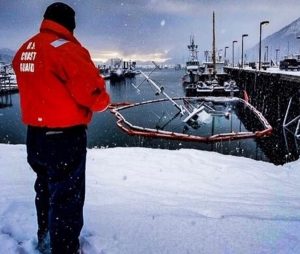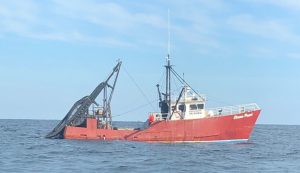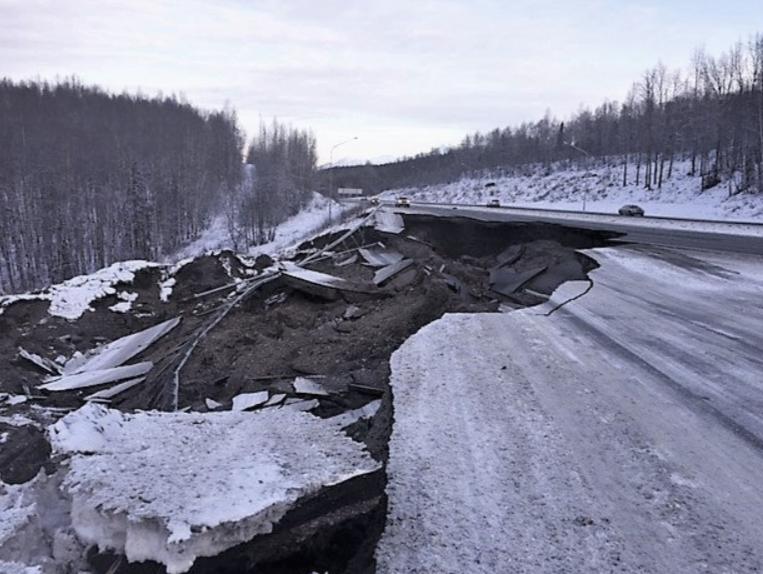Coast Guard Medevacs F/V GOLDEN ALASKA Crewmember Near Cold Bay, Alaska
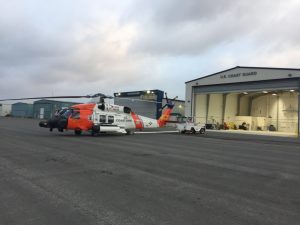 The U.S. Coast Guard “forward deploys” assets to Cold Bay during the winter fishing season in an effort to shave hours off flight times when emergency personnel must respond to situations in the Bering Sea and the Aleutian Islands. Once again, this practice proves prudent.
The U.S. Coast Guard “forward deploys” assets to Cold Bay during the winter fishing season in an effort to shave hours off flight times when emergency personnel must respond to situations in the Bering Sea and the Aleutian Islands. Once again, this practice proves prudent.
On Tuesday, January 29th at approximately 11pm, the U.S. Coast Guard 17th District Command Center watchstanders received a call from Health Force Partners with a request for a medevac. A 35-year-old crewmember aboard the F/V Golden Alaska was suffering from severe leg pain and needed medical attention. The vessel was located approximately 40 miles north of the Cold Bay station. Watchstanders directed the launch of a U.S. Coast Guard Air Station Kodiak MH-60 Jayhawk helicopter aircrew, forward-deployed to Cold Bay. The crewmember was hoisted then transported to the Cold Bay clinic. It was reported that he arrived in stable condition.
“Our forward operating locations are critical to mission success in Alaska,” said Lt. Jeff Mistrick, a Jayhawk pilot on the medevac. “Alaska has more than 47,300 miles of shoreline and encompasses more than 3.8 million square miles of land that we are responsible for covering. Had it not been for our close proximity to this man, we may not have been able to hoist him as quickly as we did.”
 Maritime Injury Law Blog
Maritime Injury Law Blog




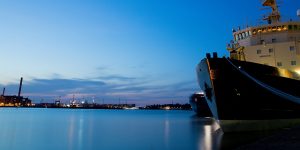
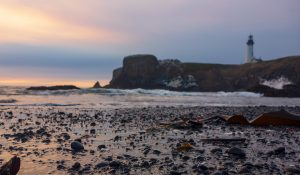
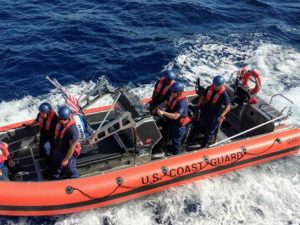
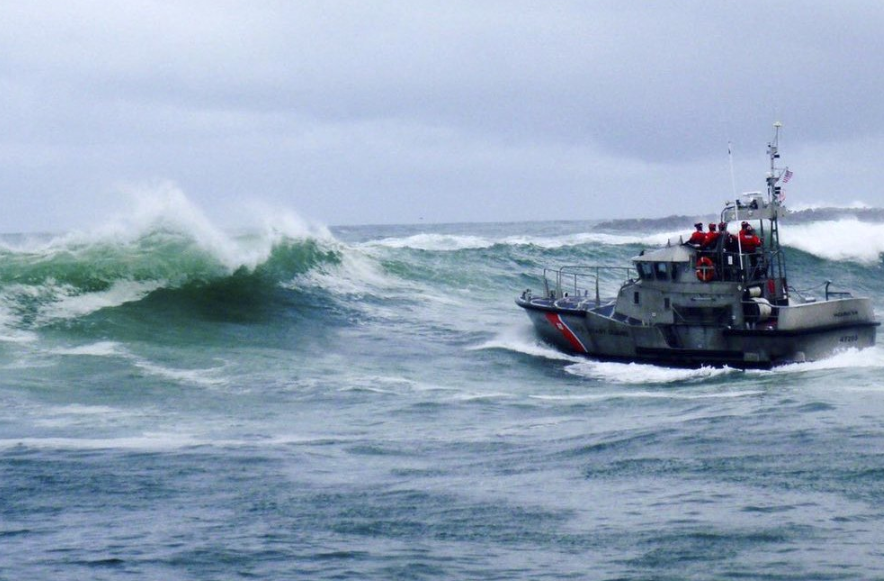 It is with great sadness that we report the death of three crew members from the MARY B II. The vessel was returning from crabbing late in the evening on Tuesday, January 8, 2019. The U.S. Coast Guard reported that the 42-foot vessel overturned as it crossed Yaquina Bay Bar in Newport, Oregon, a difficult crossing well known in the fishing industry.
It is with great sadness that we report the death of three crew members from the MARY B II. The vessel was returning from crabbing late in the evening on Tuesday, January 8, 2019. The U.S. Coast Guard reported that the 42-foot vessel overturned as it crossed Yaquina Bay Bar in Newport, Oregon, a difficult crossing well known in the fishing industry.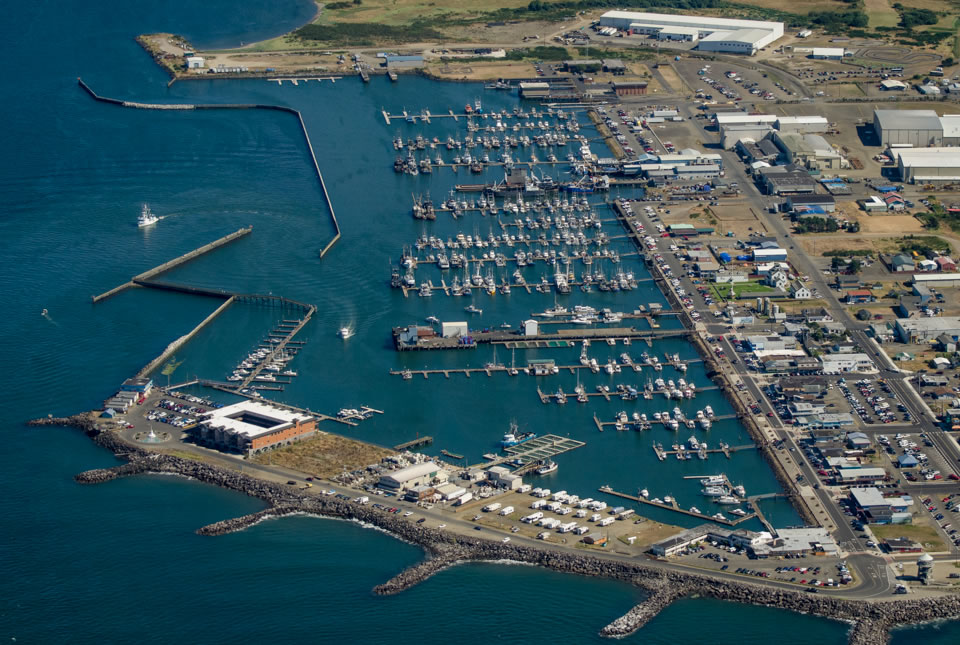 In a recent report published by the National Oceanic and Atmospheric Administration, the Westport Marina in Washington State was ranked 11th for national seafood landings in 2017. More than 250 commercial fishing vessels make use of the marina each year, landing over $64 million in seafood. This equates to roughly 150 million pounds of salmon, crab, hake, and other species each year.
In a recent report published by the National Oceanic and Atmospheric Administration, the Westport Marina in Washington State was ranked 11th for national seafood landings in 2017. More than 250 commercial fishing vessels make use of the marina each year, landing over $64 million in seafood. This equates to roughly 150 million pounds of salmon, crab, hake, and other species each year.